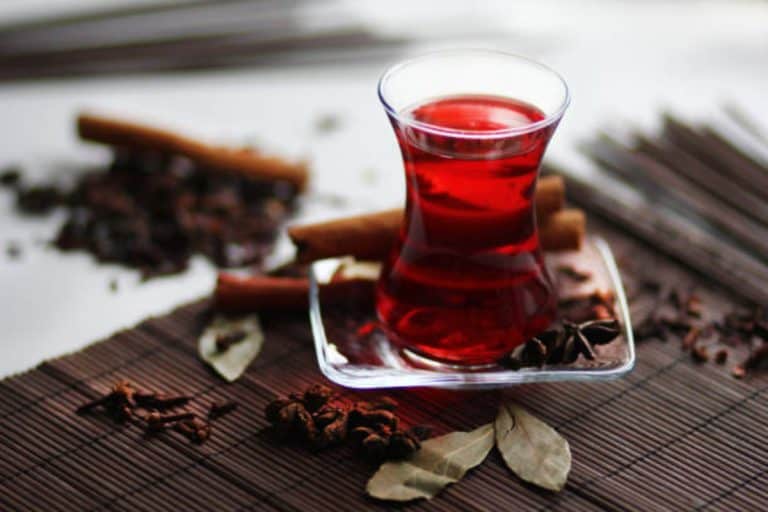Medicinal Plants and their Uses
Plants, shrubs, herbs, whatever name you call them, have existed since prehistoric times. Throughout humanity’s evolution, medicinal plants have been used for various processes such as human consumption, animal feed, paint production, textile manufacture, building construction, and medicinal use.
Medicinal plants are those kinds of plants that are utilized in herbology (or herbal medicine) for the treatment or alleviation of different forms of diseases or milder conditions.
Advertisement
These plants may include leaves, fruits, seeds, bark, flowers, and roots and can be ingested in cooked or raw form. Also, their actions on the human body can be curative or preventative.
Plants are the blueprint for modern pharmaceutical development, as there are manuscripts dating back to about 4,000 years ago, signifying the use of plants in medicine.
Cultures worldwide, such as the Roman empire, Byzantine empire, ancient Babylonia, Carthaginian empire, and Mediterranean and African societies, have manuscripts with evidence of herbal therapies being used all those years ago.
Advertisement
Also, check out How to Use Goron Tula for Infection.
Traditional medical systems are still used extensively on many fronts. The use of plant materials as a source of medicines for a wide range of human ailments has received more attention as a result of factors including population growth, insufficient drug supply, the prohibitive cost of treatments, side effects of several synthetic drugs, and development of resistance to currently used drugs for infectious diseases.
The use of medicinal herbs is seen to be relatively safe because there are rarely any adverse side effects. The primary benefit is that these treatments work in harmony with nature. The usage of herbal remedies can benefit people of all ages and genders, which is a crucial fact.
Some Common Medicinal Plants
Many plants are familiar to us. We eat them, use them as flavonoids, or tend to mow them off our porches. However, we are oblivious to the fact that they or great medicinal value. Some of the common medicinal Plants include:
Gingko (Gingko Biloba)
This herb is native to China, and because of its vasodilatory properties, its leaves are used to make capsules and tablets which are further used to treat a handful of cognitive conditions and diseases such as cerebrovascular inadequacies, dementia, vertigo(dizziness), muscle cramps, arthritis, Alzheimer’s disease, eye disorders, dysmenorrhea and erectile dysfunctions in men. When the leaves are dried, they can be used to make tea.
Turmeric (Curcuma longa)
Famous for its orange hue, this herb of Indian origin is dominantly used as a spice in foods and is used to combat heart diseases, Alzheimer’s disease, maintenance of cancer by preventing metastasis, all kinds of degenerative disorders, arthritis, chronic inflammation, and prevention of depression by inducing the production of dopamine.
Flax seed (Linum usitatissimum)
This is the seed of the flax plant, a shrub that is cultivated all around the world. The seeds are processed to make a variety of well-known for their dietary benefits.
Mainly an antioxidant, it is high in omega-3 fatty acids, which reduce blood pressure, tackle inflammation, protect the brain, battle cancer, stop constipation and diarrhea, remove clogs from pores and thus improve skin health and texture, and ensure a safe gestation period for pregnant women
Angelica (Angelica archangelica)
Especially in Asian nations, the plant and herb genus Angelica is frequently utilized in traditional medicine. Many different kinds of Angelica have roots that are used to manufacture herbal medications.
It has beneficial benefits such as fighting cancer, repairing worn-out tissues, relief of menopause hot flashes, combating arthritis, and tackling the activity of microbes and anxiety.
Sage (Salvia officinalis)
Sage has long been used to lessen “hot flushes” and hyperhidrosis related to menopause. Tea infusions are used as gargles for sore throats because they have antibacterial and spasmolytic effects.
Extracts are potent antioxidants as well. Sage has recently attracted interest as a cognition booster. The oil can be used topically as an antibacterial and rubefacient, but it shouldn’t be consumed or used by pregnant women, nor can it be applied to the skin in large quantities. Keep in mind that sage is a common food flavoring.
Also, check out The Sexual Benefits of Guava Leaves.
Rosemary (Rosmarinus officinali)
Rosemary has several health benefits, including being an antioxidant, antibacterial, spasmolytic, carminative, and mild analgesic, and showing signs of improving memory and attention.
Additionally, it’s applied topically as a circulatory stimulant. Alopecia, headache, myalgia, anxiety, poor mental focus, depression, cardiovascular weakness, and other conditions are among those for which rosemary is recommended.
Thyme (Thymus vulgaris)
Thyme has a long history of usage as an antibacterial, spasmolytic, and carminative, especially for the respiratory system.
Although thymol is frequently used as a mouthwash in dentistry, it is poisonous in excessive concentrations and should not be consumed or used externally in significant quantities. Foods often contain thyme as an ingredient to provide flavor.
Garlic (Allium sativum)
Cardiovascular conditions and respiratory illnesses (including colds, the flu, chronic bronchitis, and catarrh of the nose and throat) have both been treated with garlic. It is thought to have lipid-lowering, antihypertensive, antithrombotic, fibrinolytic, antibacterial, anticancer, and anticancer effects.
Astragalus (Astragalus propinquus)
Astragalus is a herb used for many years in traditional Chinese medicine. Numerous alleged health advantages exist, including immune-stimulating, anti-aging, and anti-inflammatory actions.
Your immune system may be strengthened with astragalus, allowing you to fend off and treat viral and bacterial diseases like the common cold. It might lessen myocarditis symptoms, and help individuals with heart failure have better heart function.
Astragalus, when administered intravenously in a hospital setting, may aid people receiving chemotherapy in reducing nausea and vomiting. Astragalus supplements may help type 2 diabetics in managing their blood sugar levels, according to studies.
According to specific research, astragalus may assist people with renal disease to have better kidney function. In patients with impaired renal function, it might also prevent infections.
Cordyceps Mushroom (Cordyceps militaris)
A mushroom called Cordyceps is used in traditional Chinese medicine, where it is said to have anti-aging and pro-vitality properties. These somewhat speculative claims have not yet been investigated in human trials.
Although it has complicated methods, it can control the production of testicular testosterone. Chinese medicine claims that Cordyceps, a sweet and neutral taste, can replenish the kidney, calm the lung, stop bleeding, and eliminate phlegm.
Fatigue, cough, hyposexuality, asthenia following a severe illness, renal dysfunction, and renal failure have all been treated with the fungus Cordyceps militaris.
Final Notes on Medicinal Plants and their Uses
Plants are all things ranging from textiles and edibles to medicinal. They are the unsung heroes in the evolution of humans’ development. They make up many drugs we use to get back to good health. The right plant, used in the correct quantity, will most definitely, save a human’s life.
Before you go, check out Sexual and Health Benefits of Bitter Kola.







One Comment
Comments are closed.